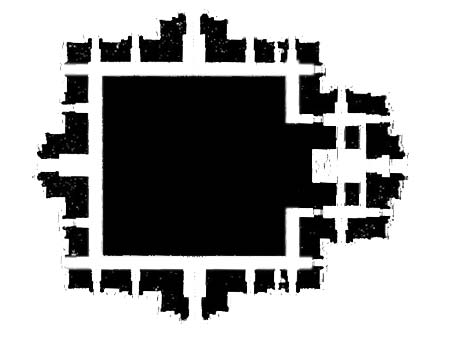| Type of monument |
: Type II Temple (Kundaung
Pauk Gu) |
| Location |
: About a mile east of Bagan |
| Region |
: Minnanthu |
| Built by |
: Narapatisithu |
| Date |
: A.D 1183 |
| Monument Number |
: 748 |
| Photo Gallery |
: View 10 Photos |
Sulamani was built in 1181 by Narapatisithu (1174-1211). This
temple was known as "crowing jewel" and it stands beyond
Dhammayangyi Pagoda. This temple is a more sophisticated temple than
the Htilominlo and Gawdawpalin.
Combining the horizontal planes of the early period with the
vertical lines of the middle, the temple features two storeys
standing on broad terraces assembled to create a pyramid effect. The
brickwork throughout is considered some of the best in Bagan. Some
part of the temple was damaged during 1975 by the earthquake.
Pagodas stand at the corners of each terrace, and a high wall,
fitted with elaborate gateways at each cardinal point, encloses the
entire complex. The interior face of the wall was once lined with a
hundred monastic cells, a feature unique among Bagan's ancient
monasteries.
Sulamani represents some of Bagan's finest ornamental work which are
carved stucco on mouldings, pediments and pilasters. These are today
in fairly good condition. Glazed plaques around the base and
terraces are also still visible.
Buddha images face the four directions from the ground floor; the
image at the main eastern entrance sits in a recess built into the
wall. The interior passage around the base is painted with fine
frescoes from the Konbaung period, and there are traces of earlier
frescoes. Stairways lead very close to the top of this temple, from
where the views are superb.
In the north of the compound contains the remains of Sulamani Kyaung,
a monastery building that housed Sulamani's senior monk and the
Tripitaka (the Buddhist scriptures), which is walled enclosed. It
may also have served as an ordination hall. A water tank in the
compound is thought to be the only original Bagan reservoir.
LAYOUT PLAN
